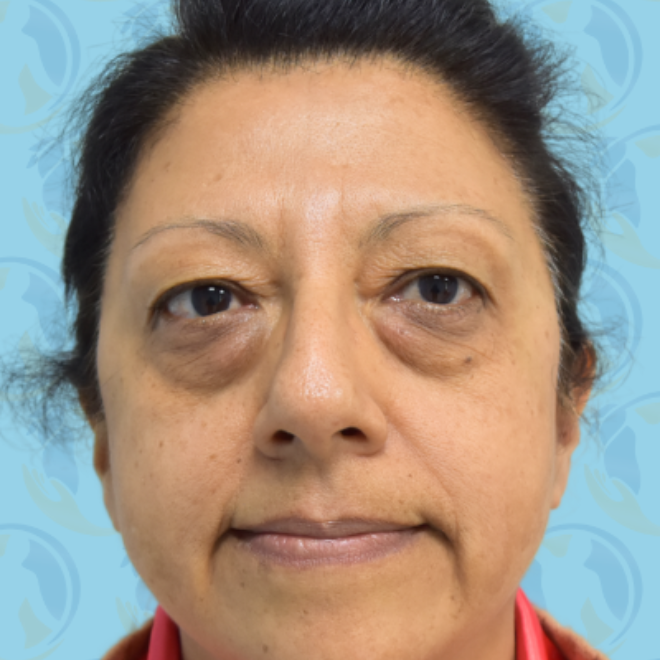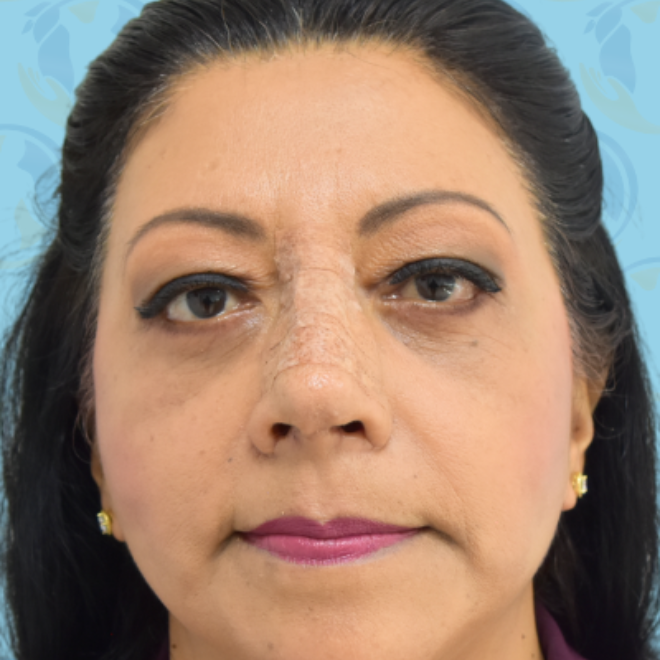While breast augmentation is the most frequently performed cosmetic surgery in North America, patients should be aware that there are several factors to consider before choosing to receive a breast augmentation.
Contents
- 1 Implants or fat transfer?
- 2 A breast augmentation cannot fix sagging breasts
- 3 Breast implants will need to be replaced at some point
- 4 Expect to have additional breast surgery in the future
- 5 Choosing a breast implant type is not as simple as saline vs silicone fill
- 6 Incision location
- 7 Implant placement
- 8 What you see immediately after surgery will not be your final results
- 9 If you are a tobacco smoker, you must stop smoking for at least two weeks prior to surgery
Implants or fat transfer?
Saline or silicone implants are not your only options for a breast augmentation. ASPS statistics show that breast augmentation procedures using autologous (i.e. patient-derived) fat grafts increased by 72 percent in 2016. The procedure involves the use of liposuction to extract fat from other parts of the body. Once extracted, the fat is processed into a condition fit for injection into the breasts. Note that only an increase by up to two cup sizes is possible with this type of augmentation.
A breast augmentation cannot fix sagging breasts
In fact, a volume increase to the breasts can exacerbate the appearance of sagging. The appropriate procedure to correct sagging breasts is a breast lift or mastopexy. Breast lifts involve tightening tissues and removing any excess, as well as potentially repositioning the areolas and nipples to more suitable positions. Many patients, especially those who have experienced pregnancy and breastfeeding, would like to both lift and augment their breasts, in which case an augmentation mastopexy or combined breast augmentation and lift can be performed.
Breast implants will need to be replaced at some point
While modern breast implants are safe and long-lasting, they are not lifetime devices. Today’s implants will commonly last more than a decade before they require replacement. Patients with implants will need to receive annual checkups and perform self-checks on a regular basis. The FDA recommends that those with silicone implants (leaks from which are less obvious) receive MRI scans three years after surgery and every two years after that.
Expect to have additional breast surgery in the future
Most breast augmentation patients will outlive their implants and/or may receive a breast lift along with their implant replacement. Keeping this in mind, it will be important to maintain a relationship with an experienced, board-certified plastic surgeon (preferably, the one who performed the initial surgery).
Choosing a breast implant type is not as simple as saline vs silicone fill
There are a number of factors that go into picking breast implants: shape (round or teardrop-shaped), texture (smooth or textured shell) and profile. The right size can also depend on body proportions, posture and skin elasticity. Overly large implants may accelerate breast ptosis or contribute to back and shoulder problems in the future.
Incision location
While most women are able to breastfeed after a breast augmentation, the chosen incision location may affect the ability to do so. Generally, most surgeons recommend that women who would like to breastfeed in the future have their incisions either in the fold underneath the breast or at the axilla (armpit), rather than an incision around the areola.
Implant placement
There are similar considerations that will need to be made when deciding on where the pocket for the implant will be. Options include sub-glandular placement (in between the mammary gland and the pectoral muscle) and sub-muscular or sub-pectoral (underneath the muscle). There are advantages and disadvantages to both positions.
What you see immediately after surgery will not be your final results
Swelling and bruising are part and parcel of the majority of surgical procedures, and yet many patients are distressed with the amount they might see in the days immediately following surgery. Swelling can take weeks to resolve, along with the adjustment of breast implants to an appropriate position.
If you are a tobacco smoker, you must stop smoking for at least two weeks prior to surgery
Even a single cigarette before surgery may be a risk, and many plastic surgeons may refuse to perform the procedure if this rule is not followed. Nicotine can constrict blood vessels and pose a problem for blood circulation, and carbon monoxide can affect oxygen supply to healing tissue.













